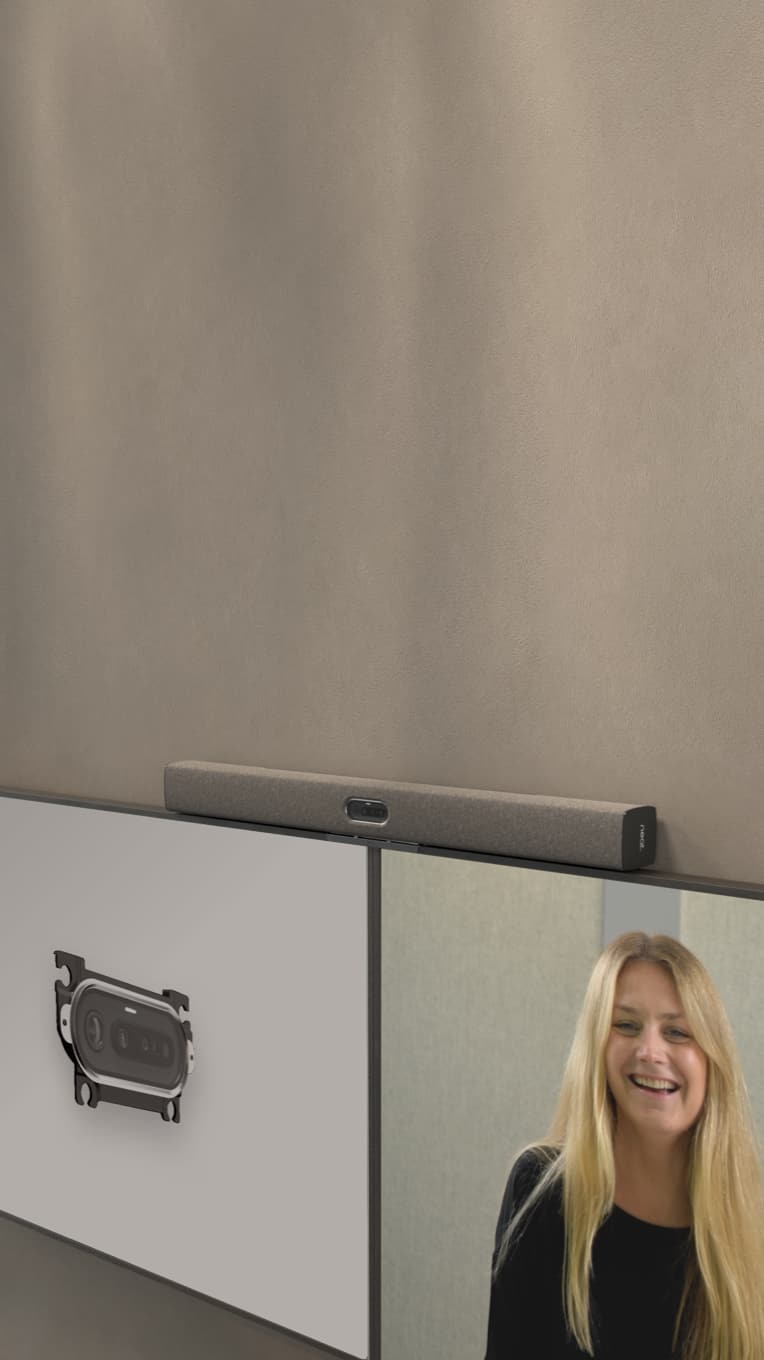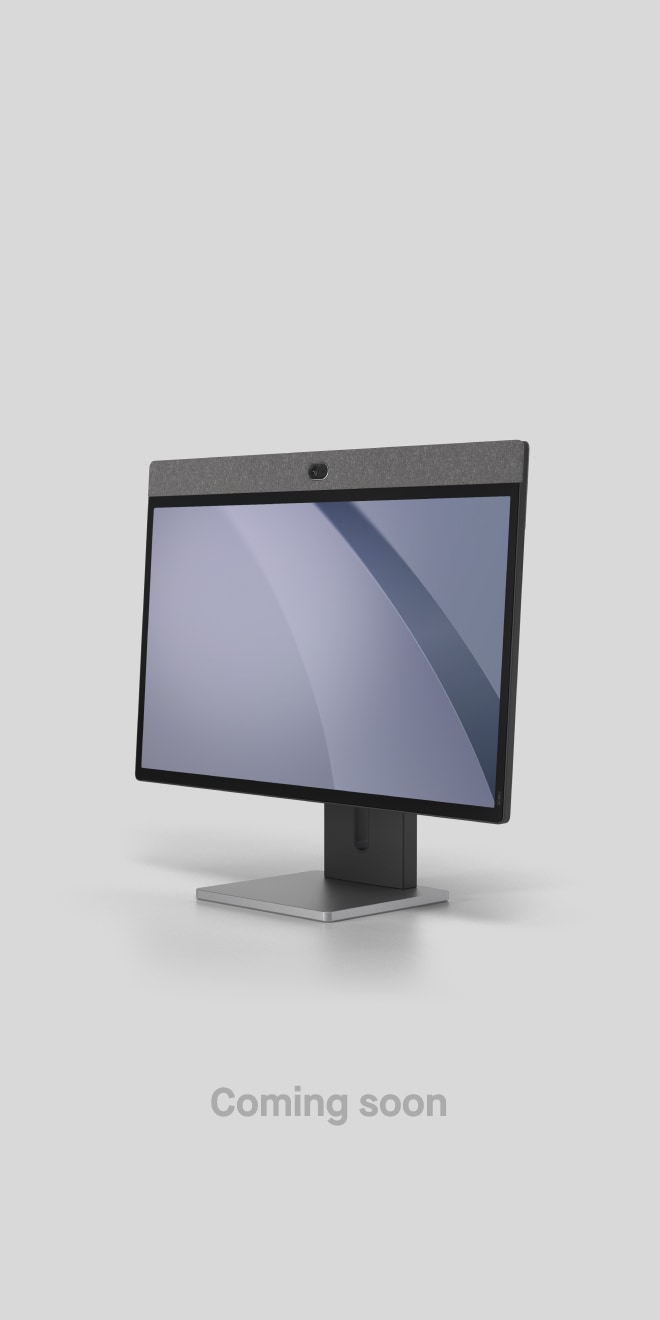The State of Remote Work: 2025 Statistics
Neat, May 13, 2025

Key Takeaways
- Remote work is mainstream: In 2025, over 32.6 million Americans work remotely, representing 22% of the workforce.
- Hybrid work Is preferred: 83% of workers globally say hybrid arrangements are ideal, balancing flexibility and collaboration.
- Remote work enhances productivity and wellbeing: Remote workers report higher productivity and improved mental health.
- Environmental and financial benefits: Remote work significantly reduces commuting costs and carbon emissions.
The new normal
The world of work has undergone a profound transformation over the past decade. What was once seen as an emergency response to the COVID-19 pandemic has now solidified into a permanent and evolving work model. In 2025, remote work is no longer an exception – it’s a foundational component of modern workforce strategies across industries. Businesses, employees, and governments have adapted to a digital-first, distributed workforce, reshaping the workplace landscape.
This comprehensive report explores the state of remote work in 2025 using the latest data, insights, and trends. It examines who is working remotely, where remote work is thriving, which industries have embraced it, and what the future holds for digital collaboration.
The current scale of remote work in 2025
In 2025, approximately 32.6 million Americans – about 22% of the U.S. workforce – are working remotely. While this is a decline from the pandemic-era highs, it’s a substantial increase from pre-pandemic levels, signalling a lasting shift in work culture. On a global scale, remote work remains a central pillar of how work gets done, with millions opting for flexible arrangements that prioritize autonomy, work-life balance, and digital connectivity.
Among these remote workers, hybrid models are particularly dominant. According to recent statistics, 83% of global employees prefer a hybrid work environment that offers a mix of in-office and remote days. Only 16% of companies operate in a fully remote model, while 44% still require all employees to be on-site. This broad spectrum illustrates the diverse interpretations of “remote work,” ranging from occasional work-from-home days to entirely decentralized organizations.
Industry adoption and geographic distribution
Remote work is not confined to the tech sector. In fact, a growing number of industries are embracing remote or hybrid models. Technology, finance, consulting, marketing, and education remain leaders in the remote work movement, but manufacturing and healthcare are also innovating in ways that support partial remote work for administrative roles.
Companies in North America and Europe are leading in remote work adoption, but Latin America and parts of Asia are seeing rapid growth as digital infrastructure expands. Cities with high costs of living such as San Francisco, New York, and London are experiencing talent migrations to smaller cities, fuelled by remote work opportunities and more affordable lifestyles.
Productivity and business performance
One of the most debated aspects of remote work is its impact on productivity. In 2025, the consensus among researchers and companies is that remote workers are, on average, more productive. Studies show a 35% to 40% productivity increase among remote employees, driven by fewer distractions, more flexible work hours, and better focus.
Moreover, 62% of workers report feeling more productive when working from home. Businesses benefit as well – reduced office expenses, lower turnover, and higher employee engagement all contribute to improved performance. Leading remote-enabled companies have built infrastructures that prioritize asynchronous communication, clear goal setting, and technology-driven accountability.
Employee wellbeing and satisfaction
Remote work has brought significant improvements in employee wellbeing. In 2025, 79% of remote professionals report lower stress levels, and 82% say their mental health is better with flexible work. Access to remote work options has become a key differentiator in the job market, with 98% of professionals indicating they’d like to work remotely, at least part-time, for the rest of their careers.
Employees also value the time saved from commuting – on average, remote workers regain eight hours per week that would otherwise be lost in traffic or transit. This reclaimed time is often reinvested in self-care, family, or additional productivity.
Financial and environmental impact
Remote work isn’t just good for individuals; it’s a win for companies and the planet. Employees save an average of $6,000 annually in transportation, meals, and wardrobe expenses. Employers see even larger savings – up to $11,000 per employee – thanks to reduced overhead, energy use, and real estate needs.
From an environmental perspective, remote work has the potential to cut 54 million tons of greenhouse gas emissions annually. By reducing daily commutes and office energy consumption, companies significantly lower their carbon footprint. Sustainability is no longer a buzzword – it’s a measurable outcome of flexible work.
Challenges in a remote-first world
Despite the many benefits, remote work introduces unique challenges. Communication gaps remain a top concern, with 29% of remote workers citing it as a major issue. Loneliness is another persistent challenge, reported by 22% of employees. Managers also struggle with team cohesion – 38% say collaboration has become more difficult in a remote setting.
Solving these challenges requires intentional strategy. Organizations are investing in regular virtual check-ins, team retreats, mental health resources, and collaboration platforms. Asynchronous tools, such as project management software and shared dashboards, are essential for maintaining alignment across time zones.
Evolving remote work technology
The tools enabling remote work have matured dramatically by 2025. Next-gen video solutions now include AI-powered transcription, real-time language translation, and immersive 3D meeting environments. Meeting room technology trends focus on simplicity, scalability, and seamless integration across platforms.
Companies like Neat are leading the charge in delivering intelligent, high-performance video conferencing hardware tailored to modern workflows. Neat devices, for example, offer one-touch join features, auto-framing cameras, and crystal-clear audio – making them ideal for hybrid teams that need high-quality, reliable meeting room solutions.
Moreover, Neat Select, Neat’s BYOD (Bring Your Own Device) feature, ensures cross-platform functionality, letting teams easily switch between video conferencing tools without additional IT intervention. These innovations remove barriers to connection, improve meeting equity, and support inclusive communication.
Security and compliance in a distributed environment
Security is a critical focus in 2025. With distributed teams accessing sensitive data from various locations, companies are prioritizing robust cybersecurity protocols. Zero-trust frameworks, end-to-end encryption, and secure access controls are standard.
Employees are trained to identify phishing attempts, manage passwords securely, and adhere to compliance guidelines. Organizations are also choosing video collaboration platforms that meet industry-specific regulatory requirements – particularly in finance, healthcare, and legal sectors.
Neat devices support encrypted communications and are certified for platforms like Google Meet, Zoom and Microsoft Teams, offering peace of mind and reducing risk for enterprise users.
The rise of immersive experiences and AI
Immersive meeting experiences are redefining remote work. With the rise of AR and VR collaboration tools, employees can engage in more lifelike, dynamic interactions, bridging the gap between remote and in-person meetings.
AI continues to play a transformative role. Smart assistants schedule meetings, generate real-time summaries, and facilitate decision-making by analyzing team sentiment and engagement. Neat integrates intelligent framing and voice tracking capabilities into its hardware, enhancing inclusivity and minimizing distractions.

What the future holds
Remote work is here to stay, but it will continue to evolve. As 2025 unfolds, we’ll see greater personalization of work experiences, more sophisticated technology integration, and a stronger focus on outcomes over presence. Companies that embrace flexibility, invest in the right tools, and foster a culture of trust will lead the way.
Neat’s portfolio of video collaboration devices represents a forward-thinking approach to remote and hybrid work. By simplifying the user experience and maximizing audiovisual quality, Neat is helping teams around the world thrive in this new era of work.
Perhaps it’s time to book a demo and experience them for yourself.






